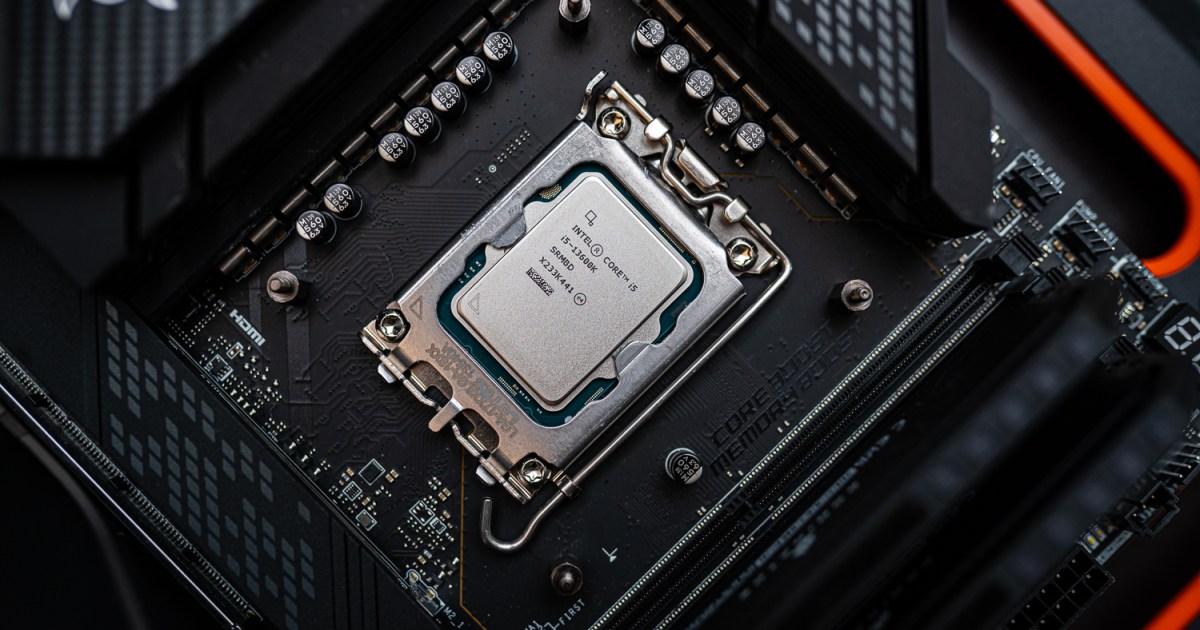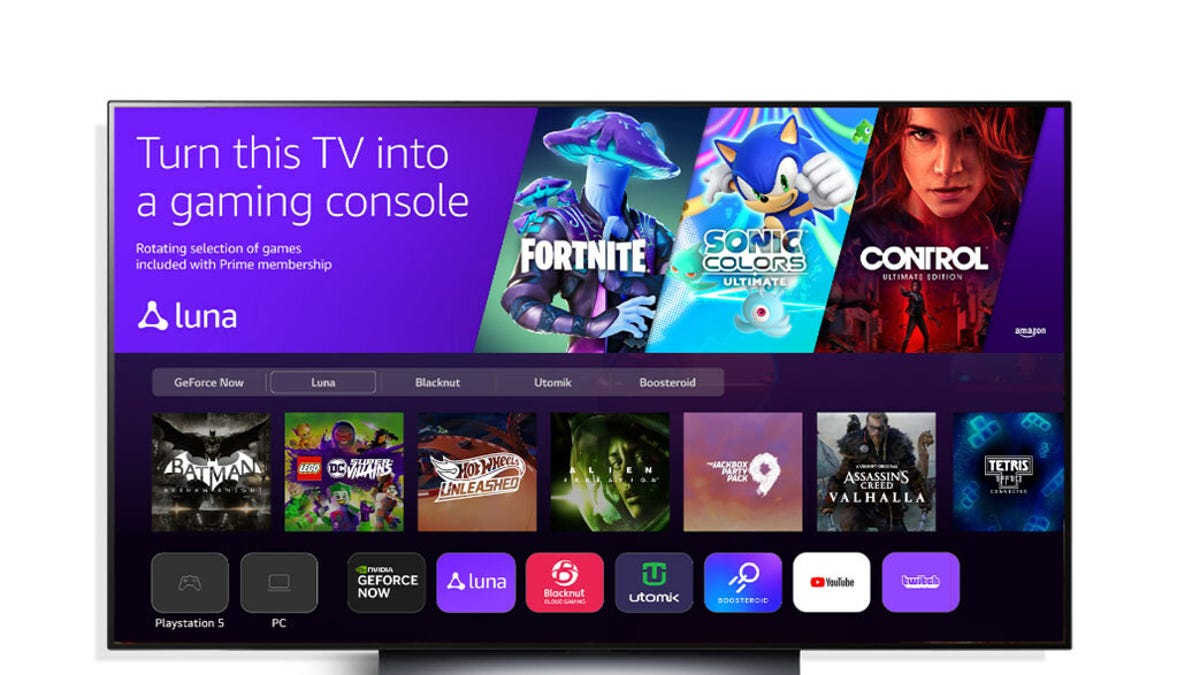AMD Radeon RX 7700 XT and 7800 XT coming for 1440p gaming
AMD Radeon RX 7700 XT and 7800 XT coming for 1440p gaming
AMD Unleashes RDNA 3 GPUs: A Game-Changer for Mainstream Gamers
AMD has once again raised the bar in the gaming world with its latest RDNA 3-generation GPUs. This time, the company is targeting mainstream gamers who crave better-than-basic 1440p gameplay with its Radeon RX 7700 XT and RX 7800 XT GPUs. Priced at $449 and $499 respectively, these GPUs compete with Nvidia’s GeForce RTX 4060 and 4060 Ti. While it’s still uncertain how they will fare in terms of frame rates, one thing is for sure: AMD is ready to take on the challenge.
The Mainstream Renaissance
Earlier this year, AMD made waves in the high-end market with its Radeon RX 7900 XT and XTX GPUs, and in the lower-end market with the RX 7600. Now, the company is bringing its RDNA 3 architecture to the mainstream, aiming to deliver impressive 1440p gameplay with refresh rates of around 70fps and beyond, depending on quality settings.
The RX 7700 XT and RX 7800 XT: Finding Their Place
AMD is offering its own model of the RX 7800 XT, but the RX 7700 XT will only be available from AMD’s board partners such as Sapphire and XFX. These GPUs are set to start shipping in early September, and come bundled with the highly anticipated Starfield game that is set to release on September 6th. While specific frame rates haven’t been disclosed, AMD assures that the GPUs will handle the demanding Starfield with ease at 1440p.
To get a better grasp of what these GPUs bring to the table, let’s take a closer look at their specifications:
| Specifications | Radeon RX 7800 XT | Radeon RX 7700 XT |
|---|---|---|
| Memory | 16GB GDDR6 | 12GB GDDR6 |
| Memory Bandwidth (GBps) | 624 | 423 |
| GPU Clock (GHz, Base/Boost) | 2.12/2.43 | 2.17/2.54 |
| Memory Data Rate/Interface | 19.5Gbps/256 bits | 18Gbps/192 bits |
| Compute Units and Ray Accelerators | 60 | 54 |
| Streaming Multiprocessors | 3,840 | 3,456 |
| AI Accelerators | 120 | 108 |
| Process | 5nm and 6nm | 5nm and 6nm |
| TBP/Min PSU (watts) | 263W/700W | 245W/700W |
| Connectors | 2x DP 2.1, 1x HDMI 2.1 | 2x DP 2.1, 1x HDMI 2.1 |
| Bus | PCIe 4.0×16 | PCIe 4.0×16 |
| Size | n/a | n/a |
| Launch Price | $499 | $449 |
| Ship Date | Sept. 6, 2023 | Sept. 6, 2023 |
These GPUs offer impressive memory capacities, clock speeds, and plenty of compute units to ensure smooth and immersive gaming experiences.
Hypr-RX: Game Optimization Made Easy
In addition to the new GPUs, AMD has finally introduced its long-awaited one-click optimization option called Hypr-RX. Similar to Nvidia’s DLSS 3, Hypr-RX combines Boost and Anti-Lag optimization with Super Resolution upscaling. The caveat is that developers will need to participate and custom-tune the settings for each game. Set to arrive in September, Hypr-RX promises to enhance the gaming experience even further.
FidelityFX Super Resolution 3: Expanding the Boundaries
AMD also shared an update on its FidelityFX Super Resolution 3. Aside from incorporating Boost and Anti-Lag Plus, it now includes a DLSS 3-like frame-generation technology called Fluid Motion Frames (FMF). This feature is intended to work on all graphics cards, except for the earlier generations of AMD’s RDNA architecture. However, come March 2024, FMF will be applicable to any DirectX 11 game or higher when running the Hypr-RX driver.
It’s important to note that FidelityFX features require game integration. Furthermore, AMD assures gamers that FidelityFX Super Resolution 3 will work seamlessly with Xbox Series X, Series S, and PS5 games. Starting in early fall, games such as Immortals of Aveum and Forspoken will be among the first to showcase the capabilities of FidelityFX Super Resolution 3.
AMD’s RDNA 3 GPUs, accompanied by the remarkable Hypr-RX and FidelityFX Super Resolution 3 technologies, are set to revolutionize the gaming experience for mainstream users. With powerful specs, competitive pricing, and an array of innovative features, AMD is quickly solidifying its position in the gaming industry. It’s an exciting time to be a gamer, and we can’t wait to see what the future holds.






